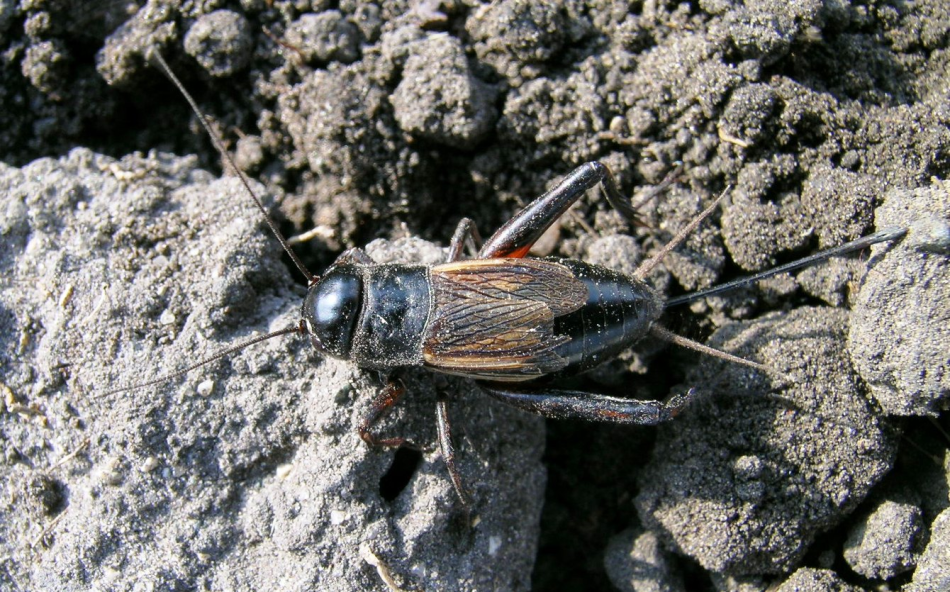If you’ve been hearing more chirps in your backyard or even your garage lately, you are not alone. According to John Gavloski, entomologist with Manitoba Agriculture, there is a seasonal reason behind the sound.
Gavloski notes that there are actually 17 different species of crickets in the province.
“The one that we start seeing and hearing once we get into August is the fall field cricket,” he says. “There is a second species of field cricket called the Springfield cricket that you will hear chirping in June but once we get into August, the fall field crickets are out, and that's what we're hearing now.”
He explains that these fall field crickets are now adults with fully developed wings, and it’s the males creating the familiar summer soundtrack by rubbing their wings together to attract females.
Managing unwanted house guests
While they might be noisy, Gavloski says there’s little reason to worry about crickets causing real harm.
“They really don't need to be controlled. They're not really a pest in the sense of doing crop damage. For most people, it's a nuisance factor,” he adds.
For those who prefer their evenings cricket-free, prevention is the best option.
“If they don't like them getting into the house or the sounds, the best advice there is just to try to figure out how they could be getting in and deal with any cracks or gaps or entry points they get,” Gavloski continues.
He mentions that in most cases, controlling them in the yard isn’t necessary, as they generally leave gardens and crops alone. However, there are exceptions.
“Sometimes, especially in dry years, they will climb up on plants and seed, but generally they're not doing a lot of that,” he remarks.
Crickets also bring some benefits.
“They will eat a lot of weed seeds and they're opportunistic predators. They will feed on things such as grasshopper eggs,” Gavloski says, noting that while this isn’t their main diet, it is part of their role in the ecosystem.
How crickets spend the winter
When it comes to surviving Manitoba’s cold months, crickets have an interesting life cycle.
“The fall field cricket, they lay eggs in late summer and it's the eggs that overwinter and they're hatching out the next year,” Gavloski explains.
That cycle varies across Manitoba’s 17 species.
“In addition to the field crickets, we have tree crickets. We've got four species of tree crickets that, as the name would imply, are in the trees,” Gavloski mentions. “Now some are in shrubs, the lower vegetation as well. They make a longer drawn out call rather than the one people are familiar with, with the field crickets.”
He adds that Manitoba also has ground crickets and camel crickets, the latter of which have no wings and a humpbacked appearance.
With so many different species, Gavloski says there’s plenty of variety in how crickets live and sound. And as August continues, Manitobans can expect the chorus of the fall field cricket to be a regular part of their summer nights.
